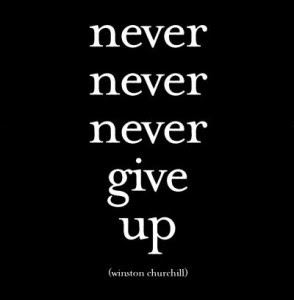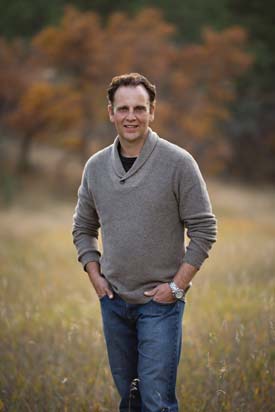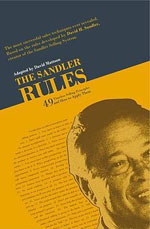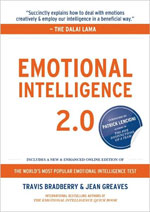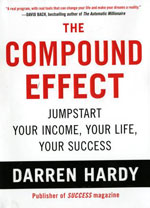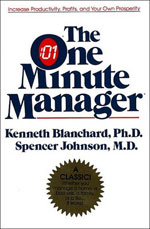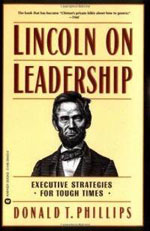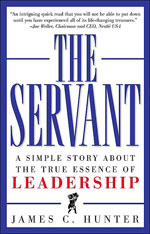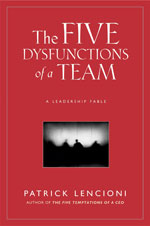One of the largest rivals to success we encounter is based on a principle known as “The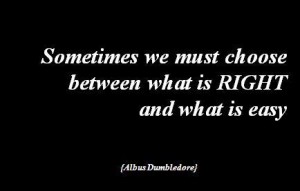 Expediency Factor,” which assumes human nature is to solve problems with the most convenient approach and least extra-ordinary effort. This means most people will perform the most expedient and easiest of actions, rather than those necessary to reach success. Individuals who fall prey to the Expediency Factor avoid obstacles and their actions usually have the least impact. The fact is every minute of everyday we have a subconscious battle based on doing what we know is right, hard, and necessary versus what’s easy and of little value. The Expediency Factor isn’t easily defeated; yet there are examples around you at any given time.
Expediency Factor,” which assumes human nature is to solve problems with the most convenient approach and least extra-ordinary effort. This means most people will perform the most expedient and easiest of actions, rather than those necessary to reach success. Individuals who fall prey to the Expediency Factor avoid obstacles and their actions usually have the least impact. The fact is every minute of everyday we have a subconscious battle based on doing what we know is right, hard, and necessary versus what’s easy and of little value. The Expediency Factor isn’t easily defeated; yet there are examples around you at any given time.
Here’s an extreme example, but one that you have not come across and likely weren’t aware of: in the 1960’s Tom Monaghan and his brother partnered up to open a pizzeria near University of Michigan by contributing $900 each. The restaurant fared well as long as school was in session; the cyclical nature of the business put strain on the partnership, which was eventually dissolved. Tom exchanged his car for his brother’s half of the business and brought on a new partner with pizzeria experience. Despite the new partner’s experience, he consistently made bad business decisions by overspending to the point he almost drove himself and the business into bankruptcy. Tom paid his partner’s debts, fearful it would happen again.
Tom went back to concentrating on the business and product. While he worked seven days a week from 10 A.M. to 4 A.M. the following day, his partner was back to over spending and filed for personal bankruptcy within two years. Tom, responsible for $75,000 of his partner’s debts, set up payment plans with the creditors and continued his fierce schedule. Tom paid back the debt by the following year, with a net profit of $50,000. This small streak of success was ended when a fire destroyed one of his flagship pizzerias, putting the business in jeopardy once again. Tom buckled down; knowing he could give up and it would be hard to work those long hours to recover the business, but he did it anyway. By 1967 Tom franchised the pizzeria by opening the first Domino’s. A year later, more than a dozen Domino’s were open and another dozen were about to open. Yet, the chain was expanding too fast; new stores were opening before the others had established themselves.
Within 18 months Tom had accumulated $1.5 million of debt. The bank carrying most of Tom’s debt convinced him to bring on a local businessman experienced in turning struggling businesses around. This eventually led to Tom losing control of his company on May 1, 1970 when his stock went to the bank and the local businessman. It was agreed that Tom could stay on as acting President without authority over business decisions. It was a great deal for the bank and the businessman, as who else would agree to work for a $200 weekly paycheck?
Twelve stores were cut and Tom was responsible for managing the rest; he travelled between stores and slept in his car to cut back on expenses. After several months, the local businessman concluded Domino’s didn’t have a future and agree to give Tom’s shares back in exchange for a single franchise location. Over the next decade Tom not only rebuilt Domino’s and paid back his creditors, but he created a new market for pizza delivery in, “30 minutes or less,” making Domino’s one of the largest pizza delivery franchises to date in the world and Tom one of the wealthiest people in the United States.
Tom could have easily given into the Expediency Factor at any point during the multiple setbacks—yet he didn’t. Tom made a conscious effort to overcome any obstacles in his way; every time he was knocked down he got back up to start again and kept going. He didn’t expect success overnight, and was ready to keep fighting for what he wanted, even if it took 20 plus years.
As I said, Tom’s experience is an extreme example, but it reminds me of a recent situation I heard about were a sales rep canceled an appointment with a high volume influential surgeon who could significantly grow the sales reps new product sales as a whole because they decided to chase down a single procedure instead. This decision had a short-term gain where the sales rep could report the procedure to their manager, but there wouldn’t be the same long term gain of converting a high volume surgeon, who could potentially become an advocate and consistent user the sales reps new product. Unlike Tom, they gave in to the Expediency Factor by taking the easy path.
This all goes back to how every minute of every day we all have an internal struggle with the Expedience Factor when we make those difficult decisions to do what’s easy versus what’s right and usually hard. Reflect on this next time you are making a decision, because by being aware of this we’re more likely to make those necessary course corrections to improve and achieve our goals. Just as self-discipline is the key to success, the lack of discipline will be a major source of frustration and under achievement as it causes us to make excuses and to sell ourselves short. Be focused, be aware, and decide to take the more difficult path if it will get you closer to improving yourself and your life.

